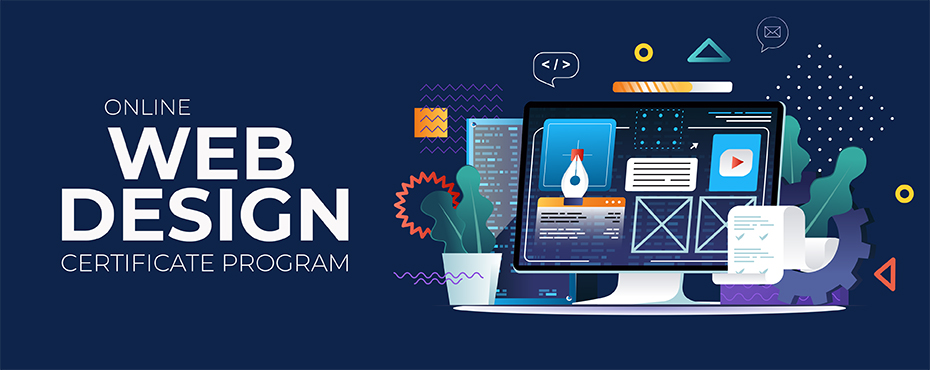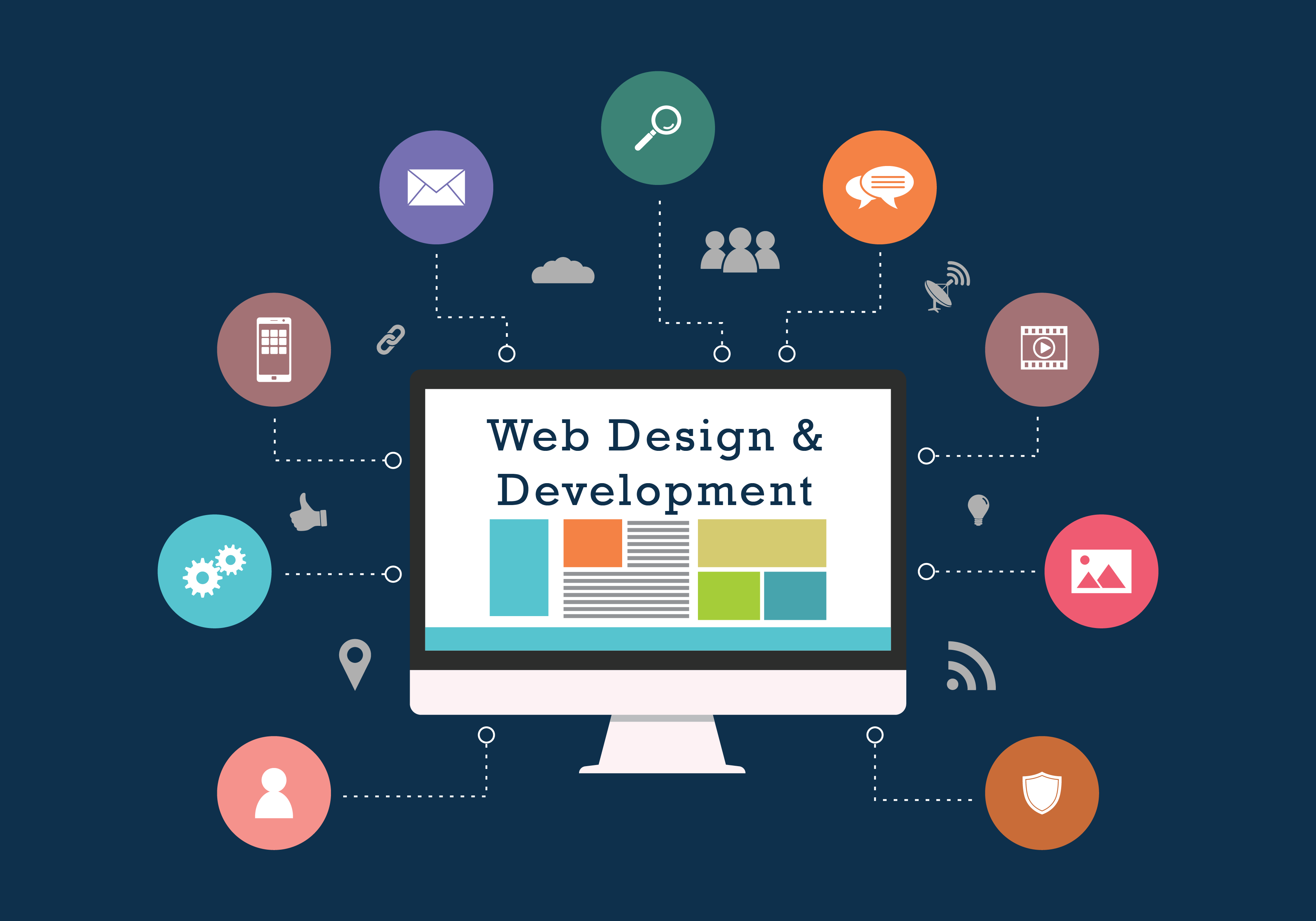Specialist Solutions by Webwize Website Designin Tomball
Specialist Solutions by Webwize Website Designin Tomball
Blog Article
Master the Art of Internet Design With These Expert Tips and Tricks
In today's electronic age, having a visually enticing and well-designed site is vital for any type of service or private wanting to make a mark online. However, grasping the art of website design calls for greater than just an eye for aesthetic appeals. It includes a deep understanding of customer experience, performance, and the most up to date methods and fads. So, how can you raise your web layout skills to the following degree? In this discussion, we will check out skilled suggestions and techniques that will certainly not just enhance the visual charm of your internet site yet likewise enhance its use and performance. From picking the ideal shade scheme to integrating reliable call-to-actions, these insights will assist you create a web site that not just captivates your audience yet also drives outcomes.
Choosing the Right Color Palette
When selecting a shade palette for website design, it is very important to take into consideration factors such as brand identification, target market, and overall visual objectives. The colors made use of in a website can significantly influence exactly how users perceive and communicate with the site. Therefore, it is critical to choose colors that align with the brand's identification and values. For example, a technology firm might select a smooth and contemporary shade scheme, while a children's brand name might pick intense and playful colors.
In addition to brand identification, the target market need to likewise be thought about when choosing a shade combination. Various age teams and demographics may react in a different way to certain shades. As an example, younger audiences may be much more drawn in to dynamic and bold colors, while older target markets might favor a lot more low-key and advanced tones. Comprehending the preferences and assumptions of the target market can assist produce a visually enticing and engaging web site.
Last but not least, the general visual objectives of the website must be taken into consideration when choosing a color palette. The color pattern should complement the general design and format of the website, creating a natural and visually enticing experience for customers. Whether the objective is to create a tranquil and soothing environment or an energetic and dynamic environment, the color palette must be thoroughly picked to attain the wanted visual.

Developing User-Friendly Navigating
To boost the user experience, it is essential to develop easy-to-navigate and intuitive menus for websites. Easy to use navigating is critical for guiding site visitors via the numerous sections and pages of a website, permitting them to swiftly discover the material they are looking for.

In addition to clear tags and sensible organization, it is essential to make the navigating food selection conveniently available. Place it in a prominent place, such as at the top of the page or in a set position, to make sure that individuals can conveniently locate and access it from anywhere on the website. Think about utilizing a responsive layout approach to make sure that the navigating food selection remains useful and available on different devices, consisting of mobile phones and tablet computers.
Integrating Responsive Layout Strategies
In order to optimize web site performance across various devices, integrating receptive layout techniques is vital. Receptive design is a website design method that allows web sites to react and adjust to various screen dimensions and orientations. With the enhancing use of smart devices and tablet computers, it is crucial for internet designers to produce web sites that offer an ideal viewing experience for users on all gadgets.
One of the vital techniques in responsive layout is the use of fluid grids. Instead of creating fixed-width formats, internet developers produce adaptable grids that readjust and resize based upon the screen size. This makes certain that the material on the website continues to be legible and easily accessible, no matter the gadget being used.
Another crucial technique is the usage of versatile pictures and media. By establishing the optimum size of pictures and video clips to 100%, they will automatically reduce to fit smaller displays. This stops photos from being cut off or distorted on mobile gadgets.
In addition, responsive design includes using media inquiries to apply different designs and formats based on the device's screen dimension. This permits internet designers to develop a seamless experience by tailoring the presentation of material according to the tool being used.
Optimizing Website Speed and Efficiency
One important facet of internet layout is maximizing site speed and performance. A slow-moving website can lead to a bad customer experience, high bounce prices, and reduced search engine positions.
Firstly, optimizing pictures is necessary for improving internet site speed. Images ought to be correctly compressed and resized to minimize their documents dimension without compromising top quality. This can be free web design done making use of photo optimization tools or plugins.
One more crucial element to think about is site caching. Caching entails storing static variations of website to ensure that they can be swiftly fetched rather of generating them from the ground up each time an individual goes to the website (Webwize wordpress web design Tomball). This considerably decreases packing times and boosts general efficiency
Minifying CSS and JavaScript files is an additional efficient strategy. Getting rid of unneeded whitespace, comments, and minimizing code intricacy can greatly enhance internet site click for more info speed.
Carrying Out Effective Call-to-Actions
Creating influential and compelling call-to-actions is an important element of effective website design. A call-to-action (CTA) is a timely or direction that urges customers to take a specific action on a web site, such as making an acquisition, registering for an e-newsletter, or contacting the firm. Carrying out reliable CTAs can significantly enhance individual interaction and conversion rates.
To produce compelling CTAs, it is very important to make use of concise and clear language that shares the value proposition and benefits of taking the desired action. The CTA must be aesthetically famous on the page, making use of contrasting colors and style components that attract the customer's attention. Additionally, making use of action verbs and creating a feeling of necessity can even more boost the performance of the CTA.
Additionally, it is crucial to place the CTA purposefully on the page. Putting it over the layer, where it is promptly visible to users without needing to scroll, can significantly raise its exposure and click-through prices. It is additionally valuable to test different variations of CTAs to figure out which ones reverberate ideal with individuals and drive the highest possible conversion prices.
Final Thought
In verdict, understanding the art of website design calls for interest to numerous aspects such as color combination selection, straightforward navigation, receptive design techniques, web image source site speed optimization, and effective call-to-actions. By executing these expert ideas and tricks, web designers can develop visually appealing and useful websites that enhance individual experience and drive desired actions.
The shades used in a site can substantially affect how individuals regard and connect with the site.In order to optimize site performance across various gadgets, including receptive layout strategies is important. Responsive layout is an internet style strategy that permits websites to react and adjust to different display dimensions and orientations. With the enhancing usage of smartphones and tablet computers, it is vital for internet designers to develop internet sites that give an optimum watching experience for individuals on all tools.

Report this page